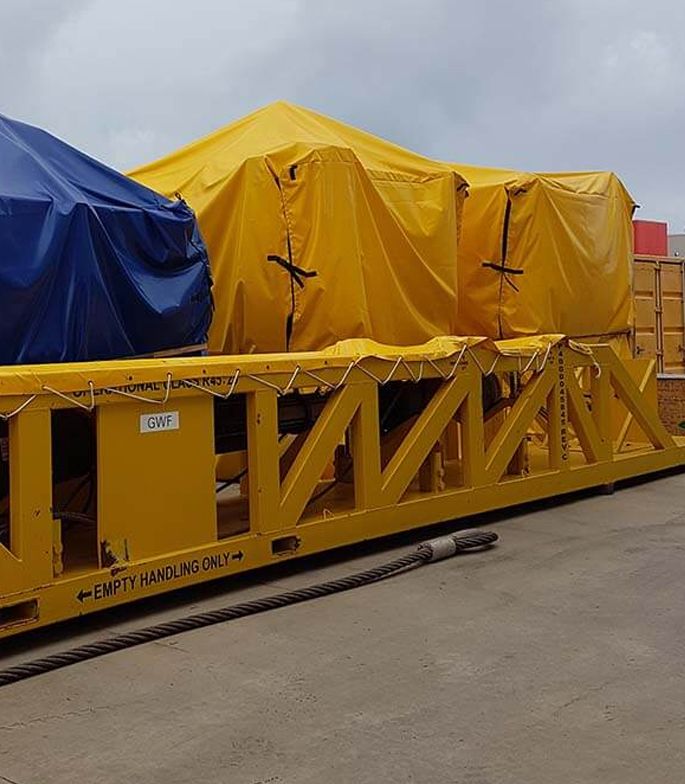What are the Benefits of using Spill Containment Liners
What is a Spill Containment Liner? Well to put it simply; it’s the piece of material that comes between you and an accident waiting to happen. It is used to form a containment vessel; an outer wall or barrier. When containing liquid, there are two things people need to consider; that being both a primary and secondary containment.
Primary containment would be your tanks, drums, built up structures that prevent any liquid from running out. A secondary containment comes in many forms; usually requiring a liner as well. These are commonly formed from a PVC material and act as a preventative measure, keeping the liquid from draining out.
Now a lot of people believe that a primary containment is all they need, that a tank is enough to prevent any liquid from seeping out and leaking. While completely logical, you can never be too careful. Should the tank incur a hole or crack, what is there to stop the leak while services hurry to mend it and clean up the mess? That is why investing in a secondary solution is beneficial.
Installing a liner adds another layer the liquid needs to breach in order to leak through to the tank. This aids in preventing contamination to surrounding areas and environments. Something installers need to keep in mind when utilising a liner is to be wary of causing any punctures or tears when maneuvering the material to line the interior of the tank.
Some advantages to setting up a spill container liner is that it is an eco-friendlier solution and helps provide significant cost savings in the case of a spill and or damage to the primary containment. Any clean ups and repairs are made much swifter as the liquid is contained within the liner.
There are plenty of uses for a spill containment liner:
- Mining and construction refuelling stations
- Underneath geotubes and other dewatering equipment
- Ground water protection
- Mining heap leach pads
- Landfill sites
- Toxic waste management
- Isolate plant and equipment
- Sewage and sludge lagoons
- Storm water retention dams and ponds
- Damp-proof membranes or vapour barriers
- Ute and tray liners
- Anywhere a spill is hazardous and costly to recover
While PVC is the most commonly used material type for spill containment liners, other options include:
- PVC
- Reinforced PVC (RPVC)
- Elvaloy, Aeon®” XR3® and XR5®
- Polyethylene (PE)
- Reinforced Polyethylene (RPE)
- Polypropylene (PP)
- Reinforced Polypropylene (RPP)
- Polyurethane (TPU)
While these liners are definitely beneficial, they are also mandated as part of Australia’s EPA laws; noncompliance resulting in fines should companies be caught out. That and should your primary storage solution be compromised, what is there to stop the stored liquid from spilling out into the surrounding environment?




William Snellex (Base Fabrication)